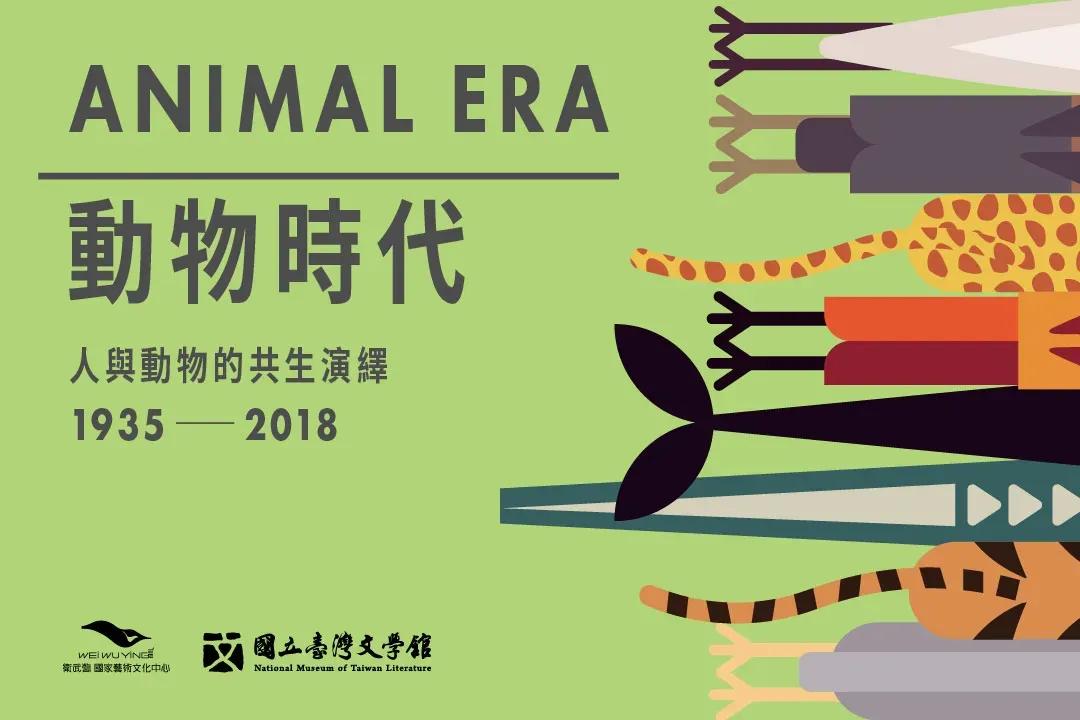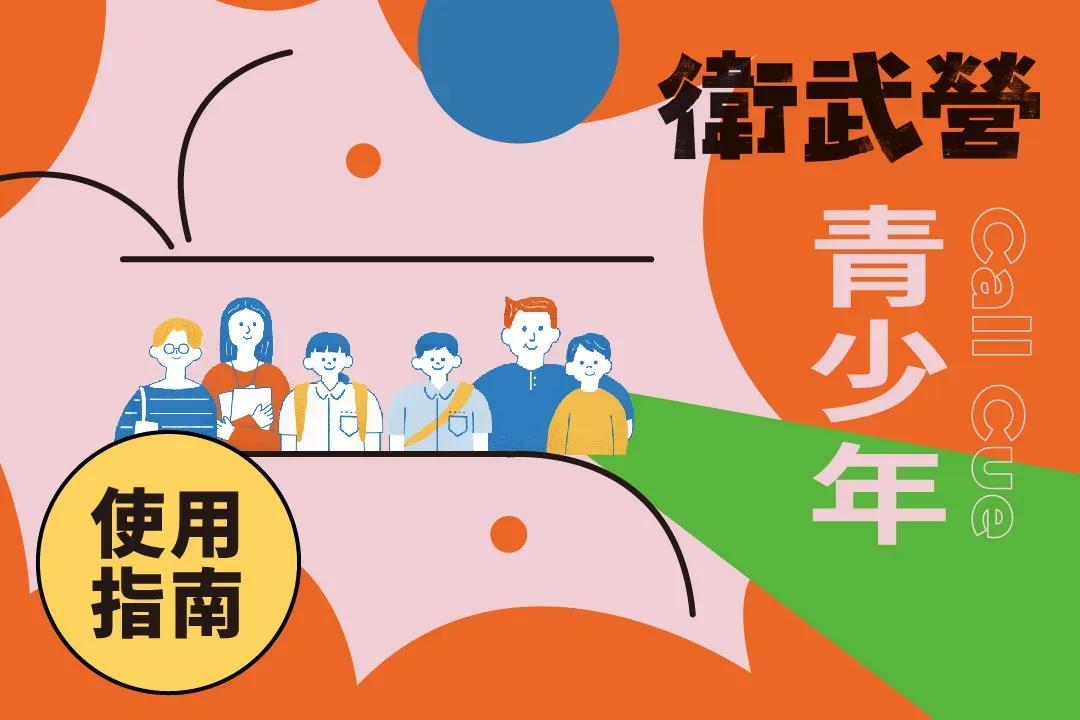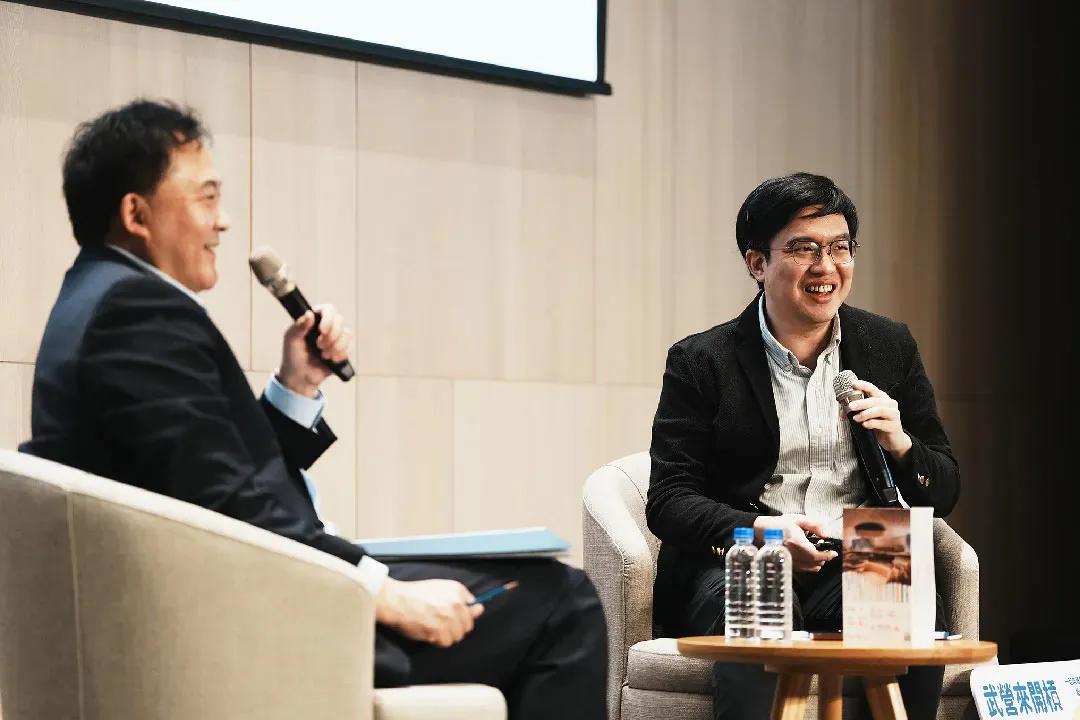by TSAN Mu-ju. Japanese-Mandarin translator and interpreter
What is Kyōgen?
Sangaku is a form of comedy originally from China that was a combination of circus acrobatics, music, dance, and magic. Japan was developing mimicry and other art forms for religious ceremonies at temples and shrines. These arts grew richer with the influence of foreign elements, and they later became collectively known as "sarugaku." About 600 years ago, sarugaku was gradually divided into two distinct categories, one being the serious, graceful noh, and the other being the comical, everyday life-based kyogen. In the Meiji period, those in authority felt the name "sarugaku" (whose first character in Chinese and Japanese means "monkey/ape") was improper and thus changed it to "nogaku" (whose first character means "skill").
Material
Noh pieces, which are mostly tragedies, usually come from such classics as The Tale of the Heike and Konjaku Monogatarishū and also include real figures from history, while kyōgen material comes from the lives of the average Joe, relating the funny and absurd that can happen to anyone. They are usually skits about nothing particularly important in some random person's life. When looking at the current style of popular self-mockery and nonsensical comedy in Japan, we can see its longstanding roots in kyōgen.
Movement
Importance is placed on what is called "form" in both kyōgen and noh. Form may be viewed as the established formula for movements, such as how to express crying, drinking, and throwing things. Every movement has its particularly prescribed steps and appearance. For instance, when crying, the performer must place both hands over their eyes, lower their head, and shake their entire body while making crying sounds. Whenever any role cries, they do it in exactly this way, but whether you have what it takes to elicit laughter is a different story.
The evolution of form may be viewed as the system of performance having been highly modularized such that any performer can execute any movements from the same script. When two modules "collide" and produce a gap or ambiguity, the performers use their own style to fill that void. Such skill decides whether a performer is merely a functional role in connecting modules or can take it to the next level to give the piece spirit.
Language
Many people view nogaku as beyond them because of how hard it is to understand, especially noh, which has few spoken lines and lots of singing. At least the treatment is fair to both local and foreign audiences!
That's right, even most Japanese people have a hard time understanding it, so don't worry about missing anything. On the other hand, kyōgen is mostly dialogue, so if you listen carefully, you can understand about 70-80% of it. What you don't understand is probably because it's archaic or spoken in a non-everyday way. That is, though kyōgen performers are particular about clear pronunciation, they have to stress the second mora (something akin to a syllable in linguistics), which is different from everyday speech
Another feature of the speech in kyōgen is the extensive use of onomatopoeia. Performers have to make the show substantial despite a minimal supply of props, which means any sounds needed have to be produced by the performers. For example, the famous piece Busu is about two servants trying to cover up how they have eaten some of their master's sugar without permission. Their ingeniously ridiculous plan incorporates ruining his precious scroll and teapot. While acting it out, they make a lot of tearing and crashing noises. It might be similar to the absurd bang, whap, and slam that you see in comic books!
One is about tragedy, the other comedy; one is dynamic, the other static. Noh is based on religion and reverence for Buddha, while kyōgen is about traditional role reversal: a lowly servant is actually smarter than his powerful master, and a woman is more intelligent and reliable than her husband. Through an overview of society, the art shows us that those in high places are really no different from the rest of us.
Kyōgen master NOMURA Mansai has said that a kyogen performer does not count on making the audience laugh by saying and doing funny or wild things; a true performer must first seriously contemplate life and work hard to express the comedic helplessness in life along with the absurd in human nature in order to really resonate with the audience deep down, in turn causing them to genuinely smile or burst out laughing.




